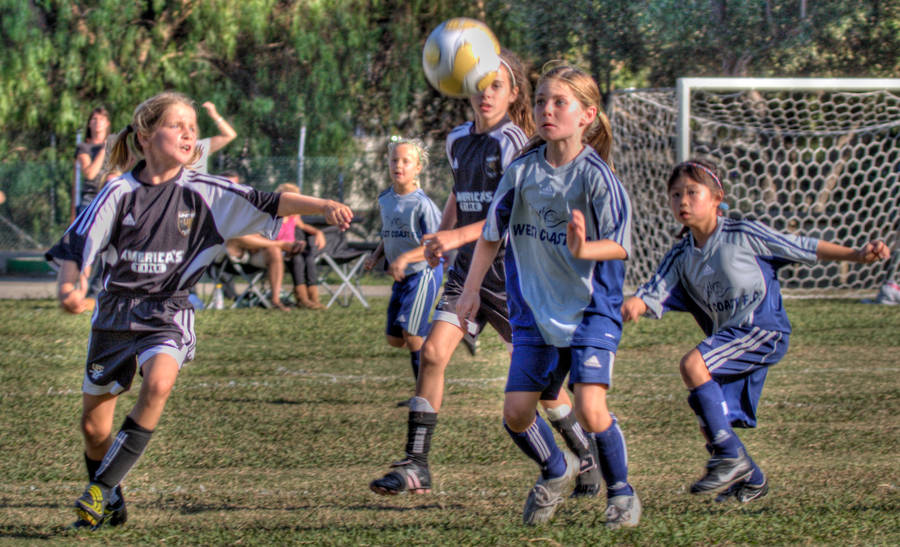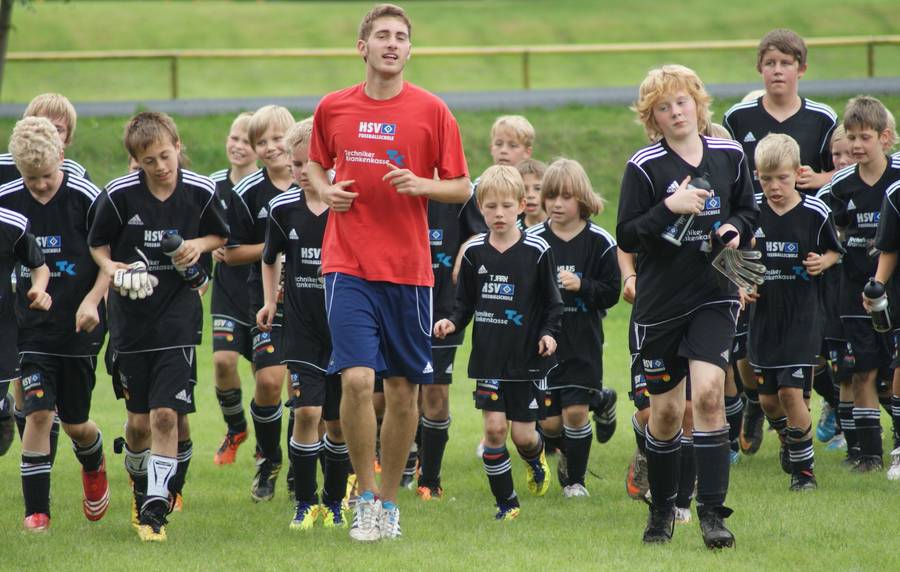There’s a legitimate concern that athletes who endure frequent and repeated high ventilation periods in specific conditions can experience respiratory issues. Although regular physical activity can promote health and well-being, respiratory problems are common among athletes of all abilities.
Health conditions affecting the chest can negatively affect the performance of young athletes, especially those at the prime of their careers.
Coronary artery disease can cause chest pain, shortness of breath, or even a heart attack. Most heart attacks involve chest pains. Still, other diseases like asthma and the various stages of mesothelioma can also cause tightness and pain in the chest.
Whether you’re managing a sports team or simply a sports enthusiast, you need to know the possible causes of chest pain so you know what to do to address the issue. You should seek the advice of a medical professional when dealing with health problems like chest pain to prevent them.
What are some of the common chest problems young athletes encounter? When one of your team members has chest pains, what should you do to help manage this condition?
This article tackles the common chest problems affecting young athletes. It discusses what to do when a young athlete experiences chest pains.

Common Chest Problems Among Youth Athletes
Chest pain due to cardiovascular causes may be lower in younger athletes. One study showed that the incidence of sudden cardiac death (sudden loss of heart function, breathing, and consciousness) among high school athletes is 1 in 50,000 to 80,000.
In comparison, college players like those at the NCAA (National Collegiate Athletic Association) level have a risk of 1 to 13,426.
On the other hand, non-cardiac chest pain etiologies (causes) among athletes include:
-
Chest wall trauma
-
Gastroesophageal reflux disease (GERD)
-
Overuse injuries
-
Laryngeal obstruction
-
Exercise-induced bronchospasm
Chest wall trauma consists of chest wall injuries like fractured ribs, lung bruises, or fractured breastbone (sternum). Individuals with such injuries feel pain when coughing or taking deep breaths. Sometimes, even going to bed or walking is uncomfortable.
GERD happens when your stomach acid flows back into the esophagus, the tube connecting the mouth and stomach, and irritates the esophagus lining. A person with GERD can experience heartburn, food regurgitation, or chest pain.
Exercise-induced laryngeal obstruction (EILO) occurs when the laryngeal airway at the vocal folds (glottis) or supraglottic level becomes narrow during exercise. EILO usually happens among adolescent and young adult athletes.
An overuse injury is any injury to your muscle or joint caused by repetitive trauma. Examples include stress fractures and tendinitis (inflammation of tendons connecting the muscle and bone).
Overuse injuries can happen because of the following:
-
Training errors: These occur when you perform too much physical activity too fast. These activities include exercising or doing one activity for extended periods, causing your muscles to strain.
-
Technique errors: These happen when you use improper techniques, like having poor form when doing strength training exercises, throwing a baseball, or swinging a golf club. These errors can overload specific muscles and result in injury.
Meanwhile, exercised-induced bronchospasm, also called exercise-induced asthma, happens when your airways become narrow during strenuous exercise. Symptoms include coughing, shortness of breath, wheezing, and chest pain. This condition can also lead to poorer athletic performance.
Another chest problem in athletes is pneumothorax, a condition where air leaks into the pleura, the thin tissue surrounding the lungs.
This condition can occur spontaneously or due to traumatic tears in the pleura after a chest injury. Symptoms include shortness of breath and sharp chest pain when breathing.
Although pneumothorax is uncommon in athletics, this condition has happened in sports like football, rugby, soccer, and ice hockey. It can be life-threatening when it occurs and requires immediate diagnosis and treatment.
What to Do When Chest Pain Occurs
Respiratory problems can happen to any athlete and significantly impact their health and performance. Fortunately, there are ways to manage these common respiratory conditions. These methods include first aid, medication, and treatment.
First aid depends on the cause of the chest pain. These causes can be heartburn, blood clot, heart attack, or emotional stress. In these cases, don’t self-diagnose and seek medical help immediately.
If the athlete experiences chest wall pain, consider pressing on some points along the edge of the person’s breastbone. If the person feels pain from touching that area, it’s unlikely that a serious condition like a heart attack is causing the pain.
However, if the chest pain continues for more than 15 minutes, the athlete may have a heart attack. Symptoms of this condition include shortness of breath, nausea, abdominal pain, and lightheadedness.
In this case, contact emergency medical services or call 911 immediately. Consider administering chewable aspirin to help keep the blood flowing or start hands-only CPR (cardiopulmonary resuscitation) with 100 to 120 compressions per minute.
If the person has an exercise-induced laryngeal obstruction, consider performing breathing control techniques or refer the individual to a physiotherapist.
Doctors can also prescribe the following medications for chest pain:
-
Nitroglycerin: Taken as a tablet and administered under the tongue to help relax the heart arteries and make the blood flow easily
-
Acid-suppressing medicine: Administered for chest pain caused by stomach acid in the esophagus
-
Antidepressants: Taken when the person has panic attacks to help manage the symptoms of such attacks
For those with pneumothorax, recommend a visit to the doctor for possible surgical intervention and follow return-to-play guidelines.
You must consult your team’s healthcare provider or physical therapist to know more about chest pains affecting young athletes and how to manage these conditions.
References
-
Managing respiratory problems in athletes
https://www.ncbi.nlm.nih.gov/pmc/articles/PMC4952126/
-
Cardiovascular Screening in Young Athletes
-
Updated Approach to the Athlete With Chest Pain
-
Managing chest wall injuries
https://www.aftertrauma.org/diagnosis-and-treatment/managing-chest-wall-injuries
-
Gastroesophageal reflux disease (GERD): Symptoms & Causes
https://www.mayoclinic.org/diseases-conditions/gerd/symptoms-causes/syc-20361940
-
Exercise-induced laryngeal obstruction
https://www.uptodate.com/contents/exercise-induced-laryngeal-obstruction
-
Overuse injury: How to prevent training injuries
https://www.mayoclinic.org/healthy-lifestyle/fitness/in-depth/overuse-injury/art-20045875
-
Exercise-induced asthma
https://www.mayoclinic.org/diseases-conditions/exercise-induced-asthma/symptoms-causes/syc-20372300
-
Pneumothorax
https://ksi.uconn.edu/emergency-conditions/internal-trauma/pneumothorax/
-
Chest pain: First aid
https://www.mayoclinic.org/first-aid/first-aid-chest-pain/basics/art-20056705
-
Chest Pain: Symptoms & Causes
https://www.mayoclinic.org/diseases-conditions/chest-pain/diagnosis-treatment/drc-20370842

















